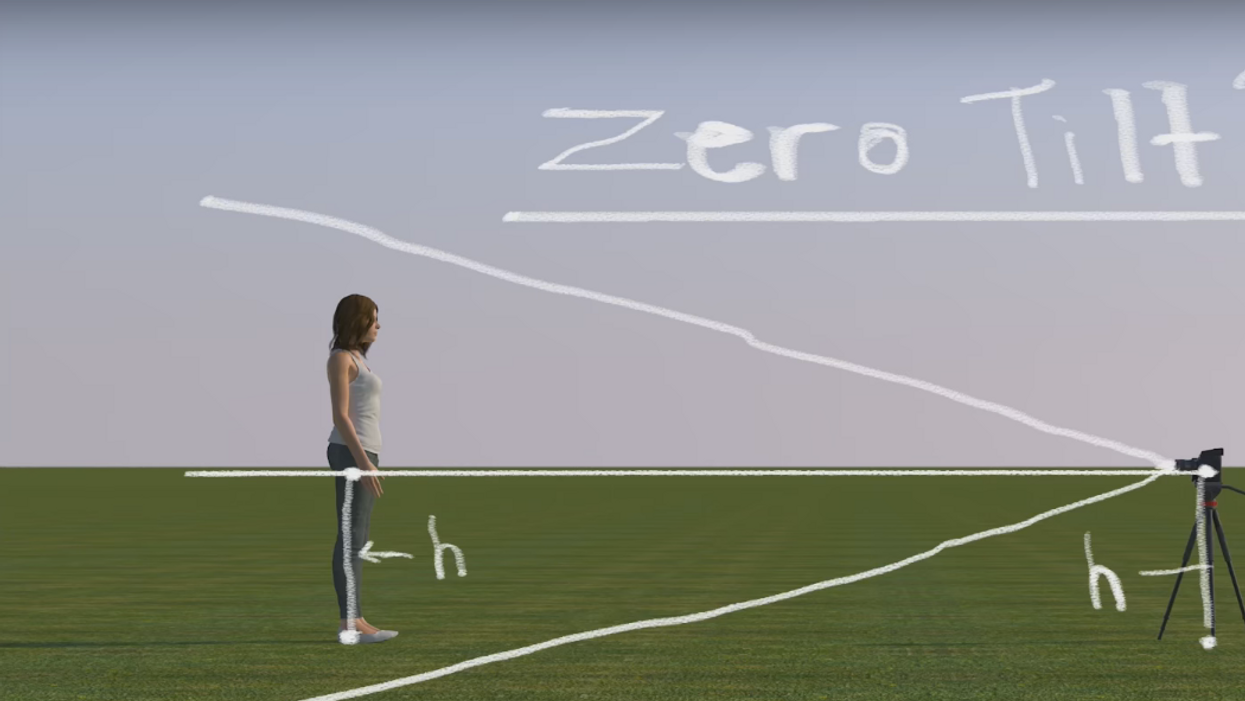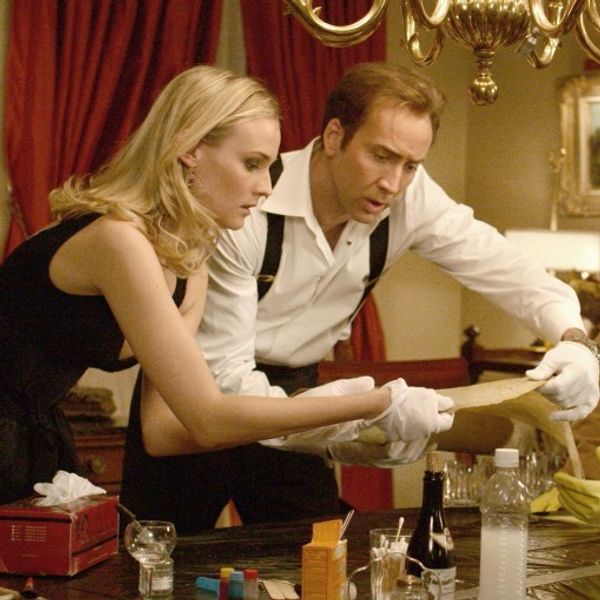Why You Should Always Start with Neutral Framing when Composing a Shot
Where is a good place to start framing up your shot?

Cinematography is equal parts creativity and technique, so knowing how to approach your craft will help you achieve the look you want. So, to ensure you're starting off on the right track as you begin setting up a shot, you might want to learn how professional cinematographers begin their compositions. This video from DP Matthew Workman of Cinematography Database covers two integral concepts, "Zero Tilt" and "Neutral Framing", that will help you begin the process of composing your shot.
Though these are important techniques to understand if you want to work as a pro DP, they aren't incredibly difficult to execute. It's as simple as making sure your camera has zero tilt and is level in relation to the horizon. Workman shows you how to achieve that by first making sure your camera is level (zero tilt), which you can do by just eyeballing it, reading that information off of your tripod head (if it has that feature), or by drawing an imaginary line from the lens to your subject and making sure the height from your subject to the ground and the lens to the ground in relation to this imaginary line are the same.
This is what Workman calls "neutral framing"—the starting point for composing an image. Think of your composition as a blank sheet of paper—every input, from the tilt of your camera to the height of your tripod, inscribes something on that blank sheet of paper. So, if you start out with stuff written on it before you even begin to officially compose your shot, you're going to have a much harder time 1.) finding the exact framing you want, and 2.) collaborating with your team.
Source: Cinematography Database
















